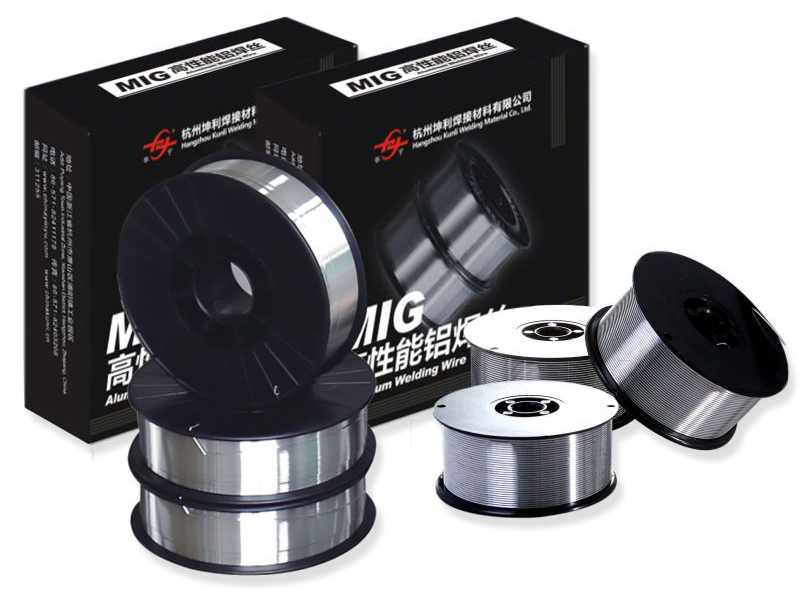How does Aluminum Welding Wire avoid the impact of the heat-affected zone generated during the welding process on material properties?
In the aerospace field, for aluminum parts that have strict requirements for lightweight and high thermal conductivity, when using Aluminum Welding Wire for welding, how to avoid the impact of the heat-affected zone generated during the welding process on the material properties?
In the aerospace field, for aluminum parts that have strict requirements for lightweight and high thermal conductivity, when using Aluminum Welding Wire for welding, the impact of the heat-affected zone (HAZ) on material properties is an issue that requires special attention. Here are some suggestions to minimize the impact of the heat affected zone on material properties during welding:
Select appropriate welding parameters: By optimizing parameters such as welding current, voltage, welding speed and line energy, you can reduce heat input and reduce the width and depth of the heat-affected zone. This can reduce the degree of structural changes and performance degradation of the material.
Preheating and slow cooling: Preheating parts before welding and slow cooling after welding can reduce the temperature gradient and thermal stress during the welding process, thereby reducing the hardness and brittleness of the heat-affected zone.
Use advanced welding technology: Using advanced welding technologies such as laser welding and electron beam welding can achieve more precise energy control and smaller heat-affected zones. These technologies typically have higher energy densities and faster heating rates, which reduce the thermal impact on surrounding materials.
Optimize the welding sequence: By properly arranging the welding sequence, the thermal interaction between different welding positions can be reduced, thereby reducing the temperature and range of the heat-affected zone.
Post-weld heat treatment: Heat treatment of welded parts, such as aging treatment or annealing treatment, can eliminate or reduce residual stress and structural changes during the welding process, thereby improving the performance and stability of the material.
Choose the right welding wire: Use a welding wire that matches the base material and ensures it has good weldability and mechanical properties. This reduces defects and cracks produced during the welding process and reduces the hardness and brittleness of the heat-affected zone.
Strictly control the welding environment: Ensure that the welding environment is clean, dust-free, moisture-free, etc. to avoid contamination and oxidation during the welding process. This reduces the occurrence of welding defects and cracks and reduces the hardness and brittleness of the heat-affected zone.
When using Aluminum Welding Wire for welding in the aerospace field, multiple factors need to be considered to reduce the impact of the heat-affected zone on material properties. By selecting appropriate welding parameters, adopting advanced welding technology, optimizing the welding sequence, post-weld heat treatment, and strictly controlling the welding environment, the scope and extent of the heat-affected zone can be minimized, thereby improving the performance and reliability of aluminum parts.

NEXT:How does Aluminum Welding Wire ensure that welded aluminum structural parts have sufficient high strength?
Related Products
-
 View More
View More
5154 Aluminum Alloy Welding Wire
-
 View More
View More
ER4043 Silicon Aluminum Welding Wire
-
 View More
View More
ER4047 Aluminum Mig Welding Wire
-
 View More
View More
ER5154 Al-Mg Alloy Wire
-
 View More
View More
ER5087 Magnesium Aluminum Welding Wire
-
 View More
View More
Aluminum Welding Wire ER5183
-
 View More
View More
ER5356 Aluminum Welding Wire
-
 View More
View More
ER5554 Aluminum Welding Wire
-
 View More
View More
ER5556 Aluminum Welding Wire
-
 View More
View More
ER1100 Aluminum Welding Wire
-
 View More
View More
ER5754 Aluminum Welding Wire
-
 View More
View More
ER2319 Aluminum Welding Wire
 English
English Deutsch
Deutsch
 English
English Deutsch
Deutsch

